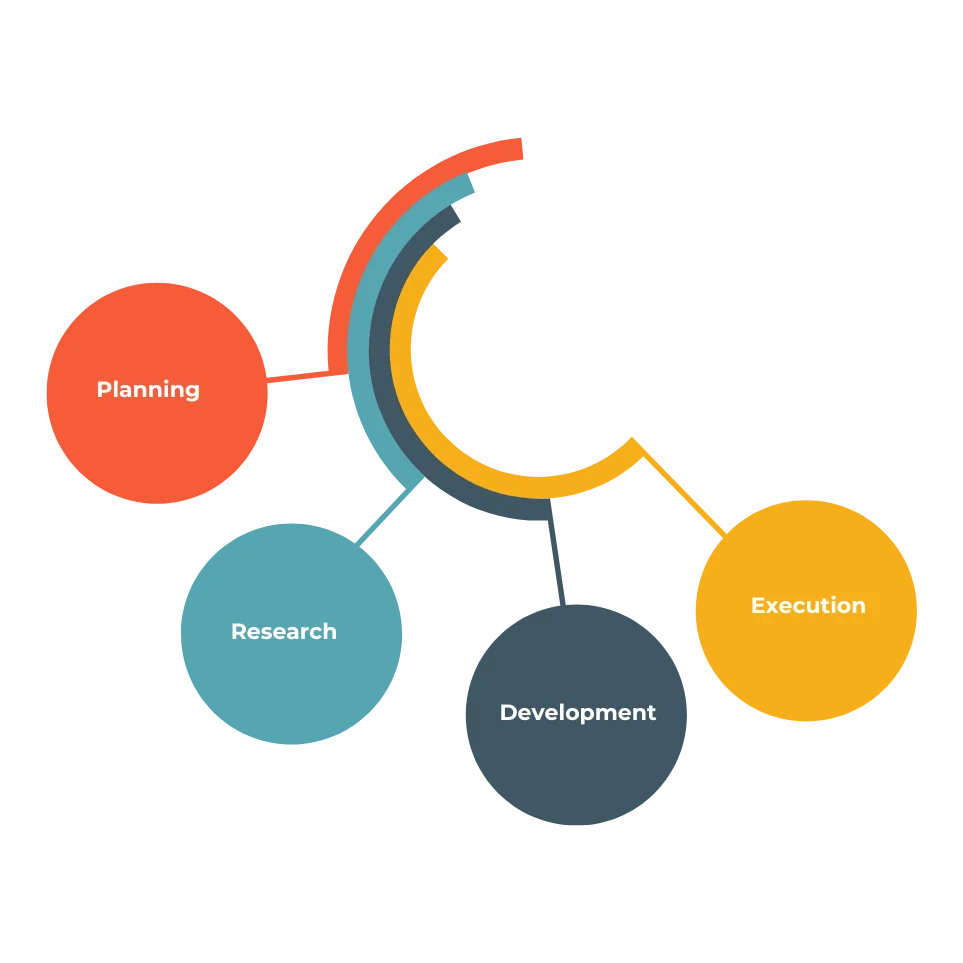
Our project is designed to help youth organizations boost their visibility and dissemination results. By providing an innovative toolbox, an interactive platform, and expert training, we equip non-profits with the skills they need to increase their reach and make a lasting difference in their communities.
Our project is designed to help youth organizations boost their visibility and dissemination results. By providing an innovative toolbox, an interactive platform, and expert training, we equip non-profits with the skills they need to increase their reach and make a lasting difference in their communities.

Our project is designed to help youth organizations boost their visibility and dissemination results. By providing an innovative toolbox, an interactive platform, and expert training, we equip non-profits with the skills they need to increase their reach and make a lasting difference in their communities.
Our project is designed to help youth organizations boost their visibility and dissemination results. By providing an innovative toolbox, an interactive platform, and expert training, we equip non-profits with the skills they need to increase their reach and make a lasting difference in their communities.

Engage with peers, share insights, and build credibility.
Why It’s Needed:
Presenting helps you share your ideas with others, learn from them, and show your expertise, which can lead to new opportunities.


Tailor communication to match each group’s needs and interests.
Why It’s Needed:
Segmenting helps you understand different groups better so you can send them messages that resonate and are relevant.


Define your organization’s purpose and goals.
Why It’s Needed:
Having a clear vision and mission helps everyone in the organization understand what you aim to achieve and guides decision-making.


Discover what motivates your audience members.
Why It’s Needed:
Understanding your audience helps you communicate more effectively and create stronger connections.


Respond quickly to build trust and engagement.
Why It’s Needed:
Being accessible shows your audience that you value their questions and concerns, leading to stronger relationships.


Involve leaders in your initiatives.
Why It’s Needed:
Engaging key stakeholders helps them witness the impact of their support and increases their commitment to your mission.


Recognize and appreciate contributions.
Why It’s Needed:
Acknowledging supporters fosters loyalty and encourages ongoing engagement with your cause.


Engage the public and increase visibility.
Why It’s Needed:
Community events help raise awareness about your organization and build stronger local connections.


Create lasting impressions with branded items.
Why It’s Needed:
Quality merchandise fosters recognition of your brand and keeps your organization top-of-mind.


Enhance visibility through engagement and targeted posts.
Why It’s Needed:
A strategic approach to social media increases interaction and builds relationships with your audience.


Infuse empathy into your messages to build trust.
Why It’s Needed:
Empathetic communication creates a supportive environment, enhancing relationships within the team.


Resolve conflicts constructively within your team.
Why It’s Needed:
Effective conflict resolution fosters a positive work environment and promotes collaboration.


Communicate clear objectives to align everyone.
Why It’s Needed:
Effective communication of your vision and goals ensures all team members are unified.


Evaluate your communication skills and strategies.
Why It’s Needed:
Regular self-assessment helps identify areas for growth, leading to more effective communication.


Communicate respectfully across different cultural contexts.
Why It’s Needed:
Cultural sensitivity improves relationships and fosters a more inclusive environment.



Visually communicate the urgency of your mission.
Why It’s Needed:
A well-designed infographic simplifies complex information and captures attention.


Show real-life transformations through storytelling.
Why It’s Needed:
Authentic stories create emotional connections that drive engagement.


Show how donor funds are allocated.
Why It’s Needed:
Transparency builds trust and encourages continued support.


Demonstrate the impact of every contribution.
Why It’s Needed:
Emphasizing small donations encourages more people to contribute.


Align your mission with corporate interests.
Why It’s Needed:
This presentation shows companies how supporting your cause benefits them.
